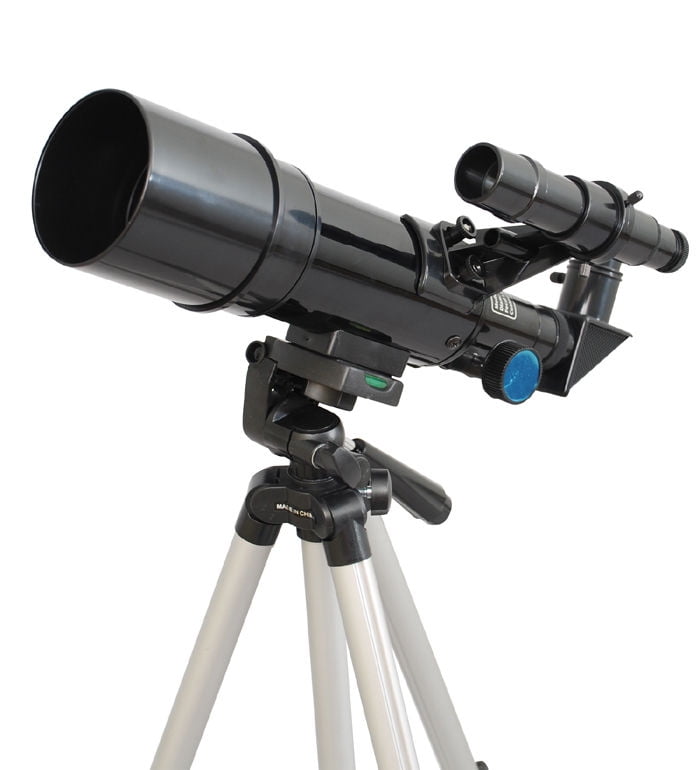
But a longer focal length also gives a higher possible magnification.
#Reflector telescope Patch
The longer the focal length, the smaller the patch of sky you're observing. The focal length is the length from the aperture to the focal point of the telescope. Telescopes in big observatories can have apertures of 10 metres or more!

But optical telescopes rarely have apertures smaller than 8 centimetres. This aperture is only ever a few millimetres large. Your eye has an aperture, too: your pupil. The bigger the aperture, the more light can enter the telescope. The aperture is the diameter of the opening on the front of a telescope. The size of the aperture of a telescope is very important. Telescopes have a few ways of making those far away objects look brighter and clearer. The dimmest objects in the universe don't give us a lot of light to work with. Why are telescopes in observatories so big? That’s why people have been able to build very large reflecting telescopes. Remember how we said lenses in a refractor telescope would be heavy? Well, mirrors are less heavy than lenses. Path of light rays through a reflecting telescope (©2019 Let’s Talk Science based on an image by Krishnavedala via Wikimedia Commons). These lenses can be adjusted to focus the image. In a refractor, the eyepiece may contain several lenses. It’s a piece you put in the telescope to look through with your eye. The eyepiece is exactly what it sounds like. Modern refractors have a second tube that contains the eyepiece or ocular lens. In other words, it’s the lens at the end where the light comes in. What are the parts of a telescope?Ī refractor is made up of a long tube containing lenses. Their lenses would be very heavy and their tubes would need to be very long. Most modern observatories use reflectors because their telescopes are so huge. Reflectors, on the other hand, use mirrors instead of lenses to reflect light.

It's the type of long telescope which you might imagine old-time astronomers, like Galileo, using.

We have a number of reflecting telescopes that make ideal first telescopes and are great gifts for those showing an interest in astronomy. Our range of reflector telescopes to buy online are available in a range of focal lengths and aperture sizes and if you have any questions about buying a reflecting telescope please contact the PicStop team. Reflecting telescopes use curved mirrors to reflect the light entering the scope and create the image that is viewed.

We stock reflector telescopes from Celestron and SkyWatcher, and we have models for all skill levels so whether you are a beginner, intermediate, or enthusiast astronomer you will find a model of reflecting telescope to suit your needs. Shop online for Reflector telescopes at PicStop One of the most popular models of reflector telescopes if the Celestron Astromaster 130EQ AstroTelescope. The reflector telescope is a very popular type of astronomy telescope, mainly due to the relatively low cost to produce versus high quality of results.


 0 kommentar(er)
0 kommentar(er)
